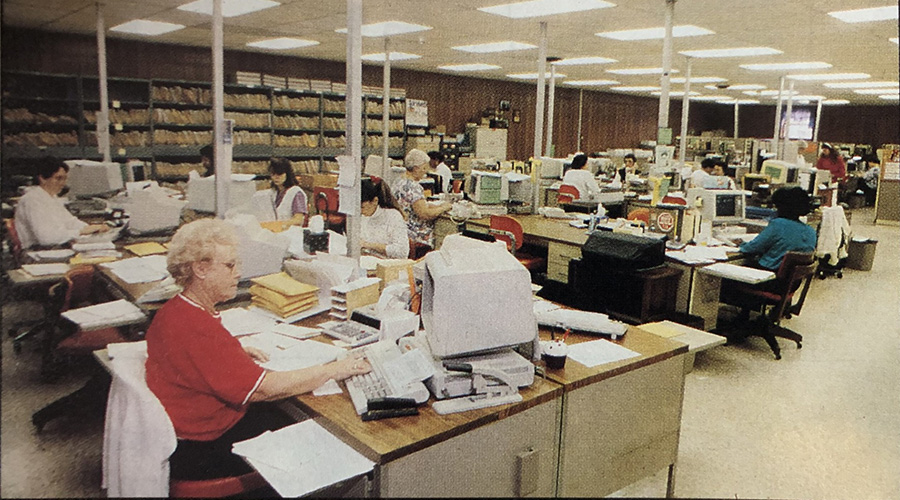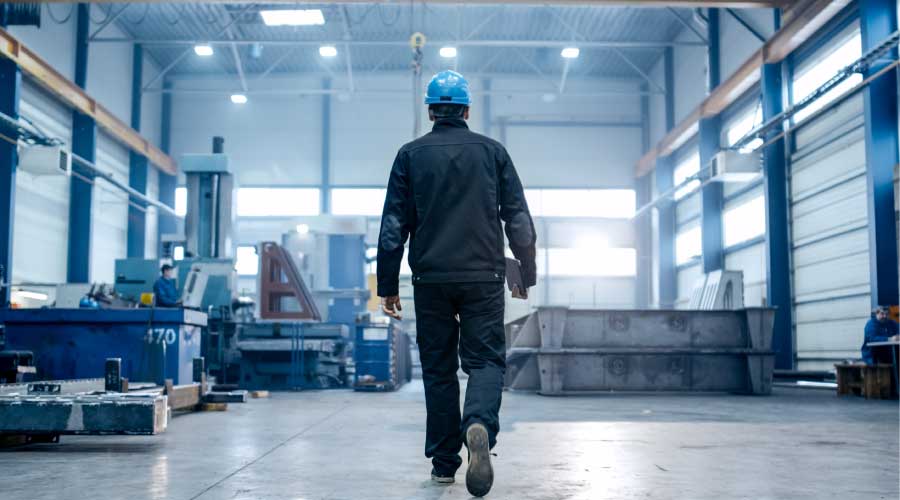Commercial Real Estate Sector Keeps Economy Going, Despite Housing Slowdown
The thriving commercial development sector has buffered the slowdown in the residential sector, according to a recently released analysis comparing the two.
The thriving commercial development sector has buffered the slowdown in the residential sector, according to a recently released analysis comparing the two.
Using 2005 data, the latest comprehensive data available, a study by Dr. Stephen S. Fuller, Director of the Center for Regional Analysis at George Mason University, determined that in 2005 commercial real estate spending added $498.4 billion to the Gross Domestic Product (GDP), which was $11.9 trillion that year. By comparison, the federal government contributed $498.8 billion to the 2005 GDP*.
The report, "The Contribution of Office, Industrial and Retail Development and Construction on the U.S. Economy," was conducted on behalf of the National Association of Industrial and Office Properties (NAIOP) Research Foundation. The report was produced using data provided by the Bureau of Analysis, U.S. Department of Commerce, U.S. Census Bureau, McGraw Hill Construction, and a NAIOP member survey.
According to the study, the basis of commercial real estate's on-going sustainability lies in its three phases of development:
—Soft costs (such as architects, engineering, marketing, legal, management), site development, and tenant improvements;
—Hard costs (actual construction costs);
—Building operations (such as maintenance, repair, custodial services, utilities, and management).
Combined, these three phases represent commercial real estate development's enduring financial strength and compounded economic impact. The breakdown:
— $228.93 billion was spent on soft costs, site development, and tenant improvements
— Another $265.9 billion was spent on the hard costs, or actual construction outlays
—Ongoing maintenance and operating costs added the remaining $3.6 billion to the GDP
The commercial real estate development industry is also one of the leading U.S. employers, supporting 4.2 million full-time equivalent jobs in 2005, and generating personal earnings of $155.8 billion. Each $1 million spent in new construction supports 28.5 full-time jobs, according to the study.
"By 2005, all subsectors of nonresidential construction were accelerating, helping to offset slowing residential building construction outlays in 2006 and 2007," Fuller wrote in the report. "This counterbalance kept the national economy from experiencing a sharper slowdown in the face of rising energy costs and lost output due to Hurricanes Katrina and Rita."
The report also identifies the Top 10 states by construction value in four categories (office, industrial, warehouse and retail), and by the number of jobs and increase in personal income tied to that construction. Texas leads in industrial construction, while California leads in the other three categories. Overall, for total commercial construction, California ranks first, Texas second and Florida third, followed by Georgia, Illinois, Indiana, New York, Ohio, Virginia and Arizona.
"The latest U.S. Census Bureau data shows that spending for just the 'hard costs' of commercial development to create offices, industrial buildings and stores rose a respectable 2.4 percent in March 2007, more than making up for the 1 percent drop in residential construction," says Thomas J. Bisacquino, NAIOP president.
"With that kind of growth, it isn't surprising that the economy continues to absorb the blows it is taking from oil prices, housing declines and other negative influences. Commercial real estate development has an immense ripple effect in the economy, providing wages and jobs that quickly roll over into increased consumer spending," Bisacquino says.
Related Topics:











